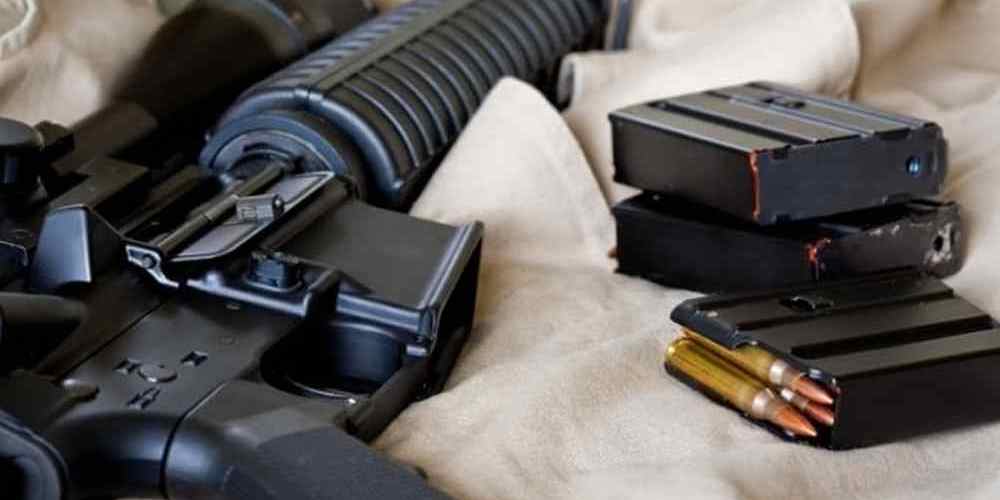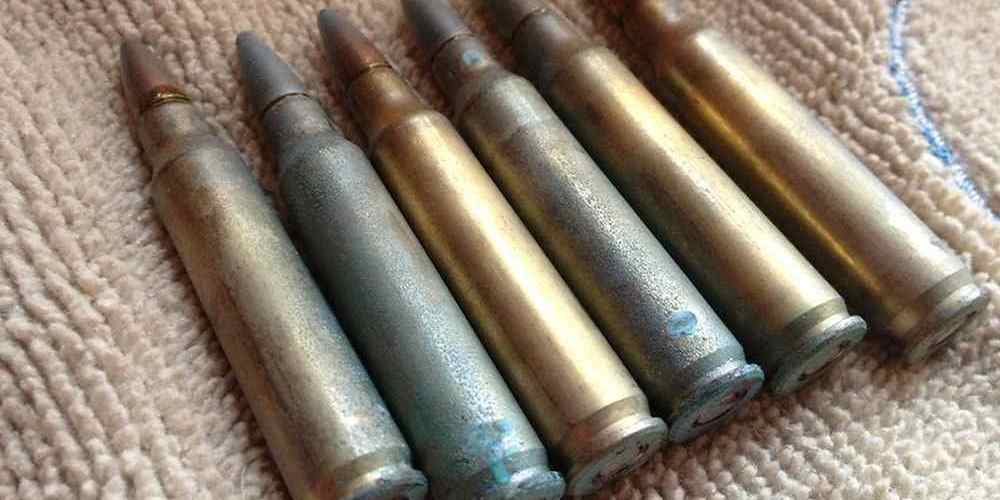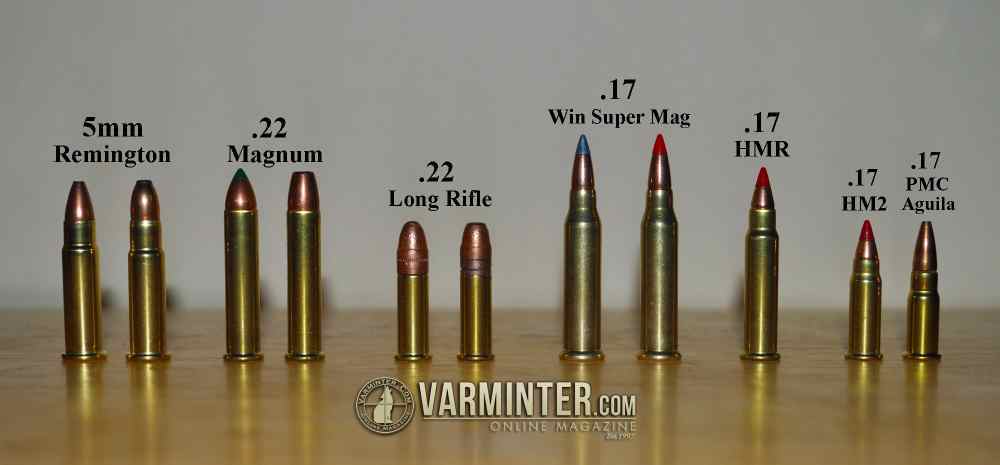“Armor-Piercing AR15 Rounds: Powerful and Legal for Certain Uses”
The History of Armor-Piercing AR15 Rounds
Armor-piercing AR15 rounds have been a topic of controversy and debate for many years. These rounds are specifically designed to penetrate body armor and other types of protective gear, making them a popular choice among military and law enforcement personnel. However, the use of armor-piercing ammunition in civilian settings has raised concerns about public safety and the potential for misuse.
The history of armor-piercing AR15 rounds dates back to the development of the AR15 rifle itself. Originally designed for military use, the AR15 quickly gained popularity among civilian gun enthusiasts due to its lightweight design and ease of customization. As a result, manufacturers began producing a wide range of ammunition types to accommodate the growing demand for AR15 rifles.
Armor-piercing rounds are typically made with a hardened steel or tungsten core, which allows them to penetrate armor plating with ease. These rounds are often used in military and law enforcement operations where the target may be wearing body armor or other protective gear. While armor-piercing ammunition is highly effective against armored targets, it is also capable of causing significant damage to unarmored targets as well.
The legality of armor-piercing AR15 rounds is a complex issue that varies from state to state. In the United States, the sale and possession of armor-piercing ammunition are regulated by federal law under the Gun Control Act of 1968. This law prohibits the manufacture, importation, and distribution of armor-piercing ammunition for civilian use.
However, there are some exceptions to this rule. For example, armor-piercing ammunition that is designed and intended for sporting purposes is exempt from the federal ban. This has led to the development of “green tip” ammunition, which is commonly used in target shooting and hunting applications.
Despite these exemptions, the use of armor-piercing AR15 rounds in civilian settings remains a contentious issue. Critics argue that these rounds pose a significant risk to public safety and should be banned outright. Proponents, on the other hand, argue that armor-piercing ammunition is a necessary tool for self-defense and should be available to law-abiding citizens.
In recent years, there have been several high-profile incidents involving the use of armor-piercing AR15 rounds in mass shootings. These tragedies have reignited the debate over the legality and availability of armor-piercing ammunition in the United States. Some lawmakers have called for stricter regulations on the sale and possession of armor-piercing rounds, while others have defended the rights of gun owners to use these rounds for self-defense.
As the debate over armor-piercing AR15 rounds continues, it is important for gun owners to familiarize themselves with the laws and regulations governing the use of these rounds in their state. While armor-piercing ammunition can be a valuable tool for military and law enforcement personnel, its use in civilian settings should be approached with caution and responsibility. By staying informed and following the law, gun owners can help ensure that armor-piercing AR15 rounds are used safely and responsibly.

The Composition of Armor-Piercing AR15 Rounds
Armor-piercing AR15 rounds, also known as AP rounds, are a type of ammunition specifically designed to penetrate armor. These rounds are typically made with a hard metal core, such as steel or tungsten, surrounded by a softer metal jacket. The combination of these materials allows the round to maintain its shape and penetrate through barriers that standard ammunition cannot.
The composition of armor-piercing AR15 rounds is what sets them apart from traditional ammunition. The hard metal core is what gives these rounds their armor-piercing capabilities. When the round is fired, the core is propelled forward with enough force to penetrate through armor plating. The softer metal jacket helps to stabilize the round in flight and protect the core from damage.
One of the most common types of armor-piercing AR15 rounds is the M855 round, also known as the “green tip” round. This round features a steel core surrounded by a copper jacket. The steel core is what gives the round its armor-piercing capabilities, while the copper jacket helps to improve accuracy and reduce barrel wear.
Another popular type of armor-piercing AR15 round is the M995 round, which features a tungsten core surrounded by a copper jacket. Tungsten is a dense metal that is even harder than steel, making it an ideal material for armor-piercing ammunition. The copper jacket helps to protect the tungsten core and improve overall performance.
While armor-piercing AR15 rounds are highly effective at penetrating armor, they are not without controversy. In the United States, the use of armor-piercing ammunition is regulated by the Bureau of Alcohol, Tobacco, Firearms and Explosives (ATF). Under federal law, it is illegal to manufacture, import, or sell armor-piercing ammunition for handguns. However, there are no restrictions on the use of armor-piercing ammunition in rifles, including the AR15.
Despite the legality of armor-piercing AR15 rounds, there are still restrictions on their use. Many shooting ranges and competitions do not allow the use of armor-piercing ammunition due to safety concerns. The high velocity and penetrating power of these rounds can pose a risk to targets and backstops, leading to potential injury or property damage.
In addition to safety concerns, the use of armor-piercing AR15 rounds can also have legal implications. In some states, the possession of armor-piercing ammunition is restricted, and individuals found in possession of these rounds could face criminal charges. It is important for gun owners to familiarize themselves with the laws and regulations regarding armor-piercing ammunition in their state to avoid any legal issues.
In conclusion, armor-piercing AR15 rounds are a specialized type of ammunition designed to penetrate armor. These rounds are made with a hard metal core surrounded by a softer metal jacket, giving them the ability to penetrate barriers that standard ammunition cannot. While the use of armor-piercing AR15 rounds is legal for rifles, there are still restrictions on their use in certain settings and states. Gun owners should be aware of the laws and regulations regarding armor-piercing ammunition to ensure they are in compliance and avoid any legal issues.
The Legality of Armor-Piercing AR15 Rounds
When it comes to firearms and ammunition, there are many different types and calibers to choose from. One type of ammunition that has been the subject of much debate and controversy is armor-piercing rounds for the AR15 rifle. These rounds are designed to penetrate body armor and other types of protective gear, making them a potentially dangerous choice for civilian use.
Armor-piercing rounds, also known as AP rounds, are typically made with a hardened steel or tungsten core that is designed to penetrate armor plating. These rounds are often used by military and law enforcement agencies for tactical purposes, but they are also available to civilians for recreational shooting and self-defense.
The legality of armor-piercing AR15 rounds is a complex issue that varies depending on the jurisdiction. In the United States, the use and possession of armor-piercing ammunition is regulated by federal law under the Gun Control Act of 1968. This law prohibits the manufacture, importation, sale, and possession of armor-piercing ammunition unless it is specifically exempted.
One exemption to the federal ban on armor-piercing ammunition is for sporting purposes. This exemption allows for the possession and use of armor-piercing ammunition for sporting activities such as target shooting and hunting. However, the definition of what constitutes “sporting purposes” can be vague and open to interpretation, leading to confusion and uncertainty for gun owners.
In addition to federal regulations, many states have their own laws regarding the use and possession of armor-piercing ammunition. Some states have banned the use of armor-piercing rounds altogether, while others have restrictions on the sale and possession of these types of ammunition. It is important for gun owners to familiarize themselves with the laws in their state to ensure they are in compliance.
One of the main concerns with armor-piercing AR15 rounds is their potential for causing harm to law enforcement officers and other first responders. The ability of these rounds to penetrate body armor and other protective gear makes them a serious threat in a tactical situation. As a result, many law enforcement agencies have called for stricter regulations on the use and possession of armor-piercing ammunition.
Despite the controversy surrounding armor-piercing AR15 rounds, they are still widely available for purchase by civilians. It is important for gun owners to exercise caution and responsibility when using these types of ammunition, and to ensure they are in compliance with all applicable laws and regulations.
In conclusion, armor-piercing AR15 rounds are a powerful and potentially dangerous type of ammunition that should be used with caution. The legality of these rounds varies depending on the jurisdiction, so it is important for gun owners to be aware of the laws in their state. By following the regulations and using armor-piercing ammunition responsibly, gun owners can help ensure the safety of themselves and others.
The Impact of Armor-Piercing AR15 Rounds on Gun Control Laws
Armor-piercing AR15 rounds, also known as armor-piercing ammunition, are a type of bullet specifically designed to penetrate armor. These rounds are typically made with a hard metal core, such as steel or tungsten, surrounded by a softer metal jacket. The combination of these materials allows the bullet to maintain its shape and velocity upon impact, increasing its ability to penetrate armor.
The use of armor-piercing ammunition has raised concerns among lawmakers and law enforcement agencies, as these rounds pose a significant threat to public safety. In response to these concerns, the federal government has implemented regulations to restrict the sale and possession of armor-piercing ammunition.
Under federal law, armor-piercing ammunition is defined as any projectile or projectile core that is designed to penetrate armor. This definition includes bullets made of certain materials, such as steel, tungsten, or depleted uranium, as well as bullets with a jacket that is made of a combination of these materials.
The sale and possession of armor-piercing ammunition are regulated by the Gun Control Act of 1968, which prohibits the manufacture, importation, and distribution of armor-piercing ammunition for civilian use. However, there are exceptions to this law for certain types of armor-piercing ammunition, such as those used for sporting purposes or by law enforcement agencies.
In addition to federal regulations, many states have also implemented their own laws regarding the sale and possession of armor-piercing ammunition. Some states have banned the sale of armor-piercing ammunition altogether, while others have imposed restrictions on the types of armor-piercing ammunition that can be sold or possessed.
Despite these regulations, armor-piercing AR15 rounds are still available on the market, albeit in limited quantities. These rounds are often marketed as being more powerful and effective than standard ammunition, making them popular among gun enthusiasts and collectors.
The availability of armor-piercing AR15 rounds has sparked a debate among lawmakers and gun control advocates about the need for stricter regulations on these types of ammunition. Proponents of stricter regulations argue that armor-piercing ammunition poses a significant threat to public safety and should be banned altogether.
On the other hand, opponents of stricter regulations argue that armor-piercing ammunition is necessary for self-defense and sporting purposes. They argue that banning armor-piercing ammunition would infringe on the Second Amendment rights of law-abiding citizens and restrict their ability to protect themselves and their families.
In conclusion, armor-piercing AR15 rounds are a type of ammunition designed to penetrate armor and are subject to federal and state regulations. While the sale and possession of armor-piercing ammunition are restricted, these rounds are still available on the market. The debate over the regulation of armor-piercing ammunition continues, with proponents calling for stricter regulations and opponents arguing for the protection of Second Amendment rights. Ultimately, the impact of armor-piercing AR15 rounds on gun control laws remains a contentious issue that will likely continue to be debated in the years to come.
The Debate Surrounding the Use of Armor-Piercing AR15 Rounds
Armor-piercing AR15 rounds have been a topic of debate in recent years, with many people questioning their legality and safety. These rounds are specifically designed to penetrate body armor, making them a controversial choice for civilian use. But what exactly are armor-piercing AR15 rounds, and are they legal?
Armor-piercing rounds, also known as AP rounds, are bullets that are designed to penetrate armor. These rounds are typically made of a hard metal core, such as steel or tungsten, surrounded by a softer metal jacket. This design allows the bullet to maintain its shape and penetrate armor more effectively than traditional bullets.
In the case of AR15 rounds, armor-piercing bullets are designed to be used in rifles that are chambered for the .223 or 5.56mm caliber. These rounds are popular among gun enthusiasts for their accuracy and long-range capabilities. However, the use of armor-piercing rounds in civilian rifles has raised concerns about their potential for misuse.
One of the main arguments against the use of armor-piercing AR15 rounds is their potential to cause harm to law enforcement officers. Body armor is designed to protect officers from bullets, but armor-piercing rounds can easily penetrate this protective gear, putting officers at risk. This has led to calls for stricter regulations on the sale and use of armor-piercing ammunition.
Proponents of armor-piercing AR15 rounds argue that they are necessary for self-defense and hunting purposes. These rounds are capable of penetrating barriers such as car doors and walls, making them a valuable tool in certain situations. However, critics argue that the potential for misuse outweighs any potential benefits.
In terms of legality, the use of armor-piercing AR15 rounds is regulated by federal law. The Gun Control Act of 1968 prohibits the manufacture, importation, and sale of armor-piercing ammunition for handguns. However, there is no federal ban on the use of armor-piercing ammunition in rifles, including AR15s.
Some states have taken steps to regulate the use of armor-piercing AR15 rounds. California, for example, has banned the sale and possession of armor-piercing ammunition, including rounds designed for rifles. Other states have implemented restrictions on the sale and use of armor-piercing ammunition, but the laws vary from state to state.
In conclusion, the debate surrounding the use of armor-piercing AR15 rounds is complex and multifaceted. While these rounds offer certain advantages in terms of penetration and accuracy, they also raise concerns about their potential for misuse and harm. The legality of armor-piercing AR15 rounds is regulated at the federal and state levels, with some states implementing stricter regulations than others.
Ultimately, the decision to use armor-piercing AR15 rounds comes down to individual responsibility and adherence to the law. It is important for gun owners to understand the potential risks and consequences of using these rounds, and to comply with all applicable regulations. By staying informed and making responsible choices, gun owners can help ensure the safe and legal use of armor-piercing AR15 rounds.





